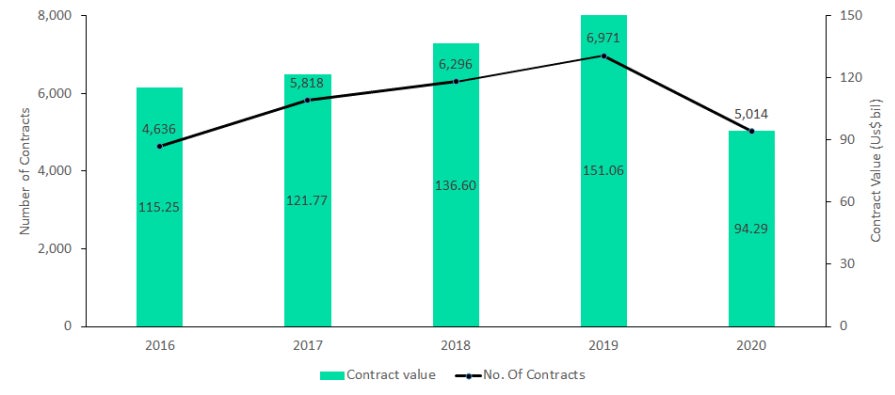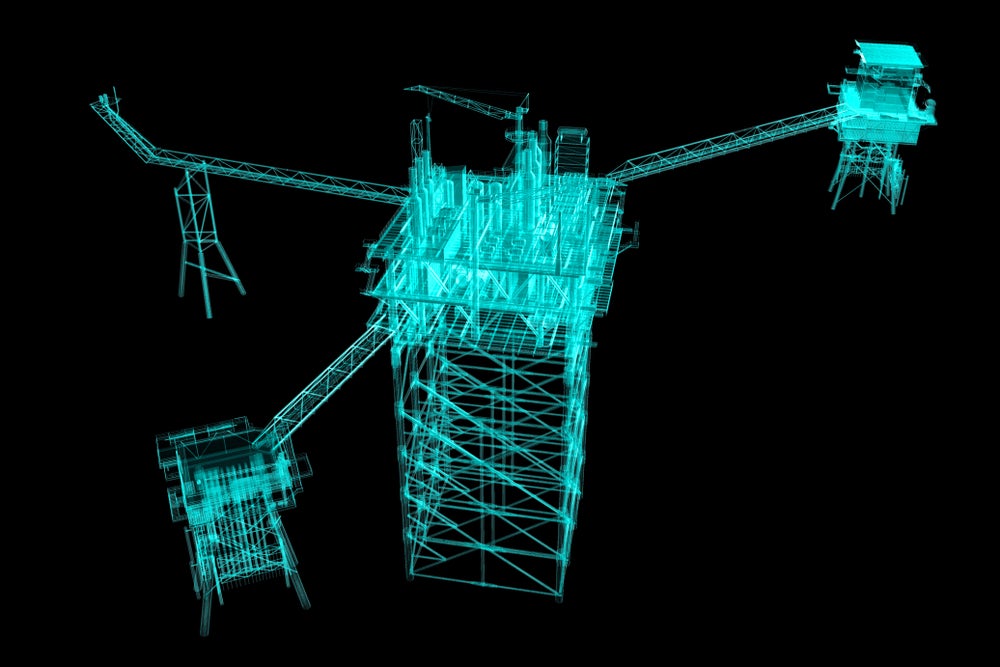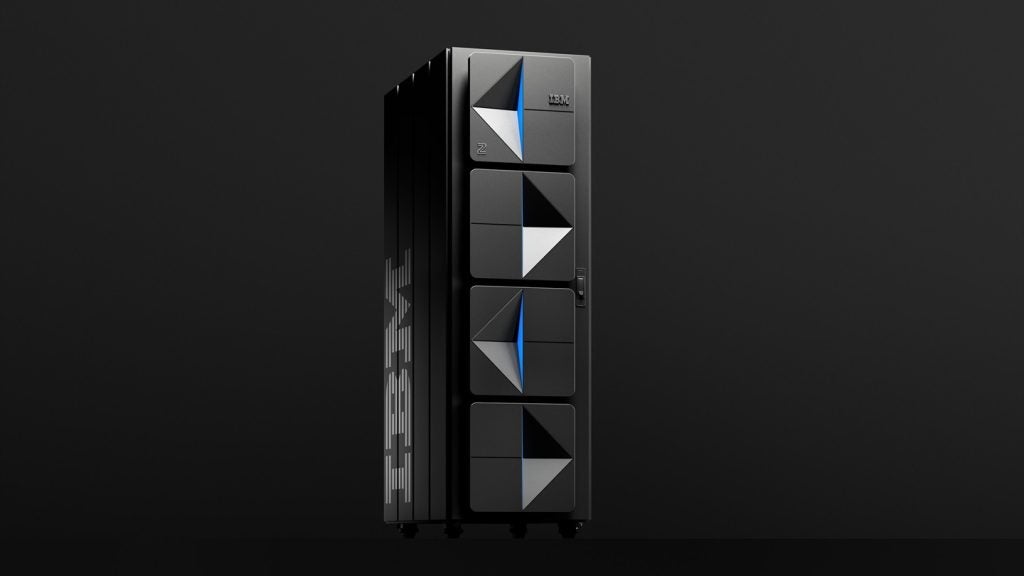Staying green is no longer a matter of choice for companies. All business sectors face intensified scrutiny for how they protect the environment. This is especially true for the oil and gas (O&G) industry. Luckily, technology like AI could help firms strike a balance between staying green and making a profit – at least to some extent.
While the idea of innovative technology aiding big oil to help the environment may sound like the exact PR line Silicon Valley loves to spin, there is an argument for the green possibilities of automation.
Take oil spills. They represent the worst sort of disaster oil companies face, both in terms of bad publicity and for the horrific effect on marine life and wildlife habitat. Fortunately, technology could help cushion the blow and even avoid the danger altogether.
Predictive analytics is one form of artificial intelligence (AI) that can help identify oil spills soon after – and sometimes even before – they occur, giving companies vital extra time to minimise the damage. The National Energy Technology Laboratory (NETL), the national laboratory for the U.S. Department of Energy, provides an example of how it can work.
NETL has developed an Offshore Risk Modeling (ORM) suite. It evaluates and reduces the risk of oil spill events. The suite offers digital modelling and visualisation tools which can simulate spill scenarios. It uses machine learning (ML) and AI to factor in information regarding ocean currents, emergency response availability and even the behaviour of oil particles in the water. The ORM solutions can also identify pressure during drilling activities and assess the integrity of offshore infrastructure.
Load of hot air?
Luckily oil spills remain rare events. The far bigger and more common environmental blight caused by the O&G brigade is that of methane emissions. Methane gas leaks from production, distribution and storage wells contribute significantly to total emissions. O&G operations emitted around 70 million metric tonnes of methane into the atmosphere in 2020, according to the International Energy Agency,
BP provides an interesting case study of where AI can provide a solution to the methane leak concerns. A few years ago, the oil and gas supermajor partnered with the US-based Kelvin, creator of AI-powered control applications. The goal of the team-up was to eliminate 3.5 million tonnes of annual greenhouse gas emissions. In 2017, the company identified the Wamsutter field in Wyoming as a target for methane leak reduction. Consequently, a number of sensors, including methane-detecting cameras, were installed at the Wamsutter gas wells. Real-time field data was relayed by the sensors to Kelvin’s AI system, which produced simulations facilitated by BP’s historical data for the site.
Six months after implementation, a 74% reduction in methane leaks from the Wamsutter wells was recorded. This was thanks to predictive maintenance preempting equipment failures, empowering operators at Wamsutter to mitigate them. Not only did BP reduce its greenhouse gas emissions, but production volumes at Wamsutter rose by 20% whilst operating costs were slashed by 22%. Similar sensors are now planned for all BP wells.
Edge of discovery
The use of cutting-edge tech comes after a massive revenue slump for the O&G sector. As GlobalData analysts reported in their recent review of industry contracts, the number of global O&G contracts decreased by 28% between 2019 and 2020.

(Source: Equipment and Services Analytics, GlobalData Oil and Gas *Contract value based on disclosure by contractor/issuer companies in public domain © GlobalData)
While Covid-19 contributed to the drop, the biggest cause was the shortage of easily-available resources. Most shallow-water deposits are already under development, forcing companies to use remote reserves that are hard to discover, costly and dangerous for workers. Again though, AI could offer a solution.
One product doing that is SparkPredict. Developed by US AI vendor SparkCognition, the product analyses seismic and subsurface data to boost site discovery. With better discovery, companies can achieve the same output with fewer sites – and reduce their environmental damage too.
O&G giants certainly recognise how important AI is to site discovery. Saudi Aramco has invested in Earth Science Analytics, whose software predicts rock and fluid properties in the subsurface. France’s Total announced plans in 2019 to open a digital factory that will use AI to accelerate field discovery (one no doubt made possible by the Google partnership it struck before the latter pledged in 2020 to no longer create custom tools for O&G).
No wonder GlobalData analysts not only estimated that the O&G AI market was worth $2.1bn in 2020, but that it will also double in size by 2024. What may complicate the matter are the remote settings O&G will venture to in search of reserves and how long technology can keep up.
Where AI runs out of gas
As discussed in a Forbes report from 2019, there are several advantages of applying edge computing to O&G. The edge keeps computation and data storage closer to the location where it is needed – in other words the opposite of cloud computing.
“While technologies such as cloud computing and hybrid storage have been touted as solutions, these still rely on data being transmitted, and with many offshore facilities working on satellite communications at a speed of around 2Mbps that is still not practical,” Jane Ren, CEO and founder of smart system brand Atomiton, told Forbes.
However, not everyone is confident that edge computing is more beneficial to businesses. “The cloud offers value that edge does not, in that it facilitates remote monitoring centres which offer personnel safety and dispatch advantages,” George Monaghan, analyst a GlobalData, told Verdict.
“The cloud offers value that edge does not, in that it facilitates remote monitoring centres that offer personnel safety and dispatch advantages.”
Monaghan points to the example of Russian oil company Rosneft, who have installed data monitoring centres with AI capabilities at 97% of its heavy drilling rigs.
The jury is out on the environmental implications of cloud computing. Part of that reason is that cloud computing requires data centres, the running of which requires a lot of energy. Given that a typical oil platform can generate up to 2TB of data every day, running their data centres could adversely affect the environment too. Big oil means big data, data which historically has remained siloed due to infrastructure and technology gaps. Freeing this data will be required for AI’s full capabilities to work – and no doubt require more data centres to be built.
Summing up AI in oil and gas
No matter how technology adapts to the physical challenges posed by oil and gas ventures, AI and ML will change the industry and are in fact already doing so.
Ethical concerns will always linger about fossil fuels, but the use of AI may be able to offset some of the industry’s environmental impact in the long run, especially if green solutions can be found to handle all its data.
O&G leaders may likely find AI’s environmental solutions to help profits while changing the public image of their brands for the better. AI vendors queasy about associating with fossil fuels should tailor products more to the risk and discovery end – it may not be a silver bullet, but their wares can help make oil and gas just that little bit greener.
Find the GlobalData Thematic Research: Artificial Intelligence (AI) in Oil and Gas report here.







